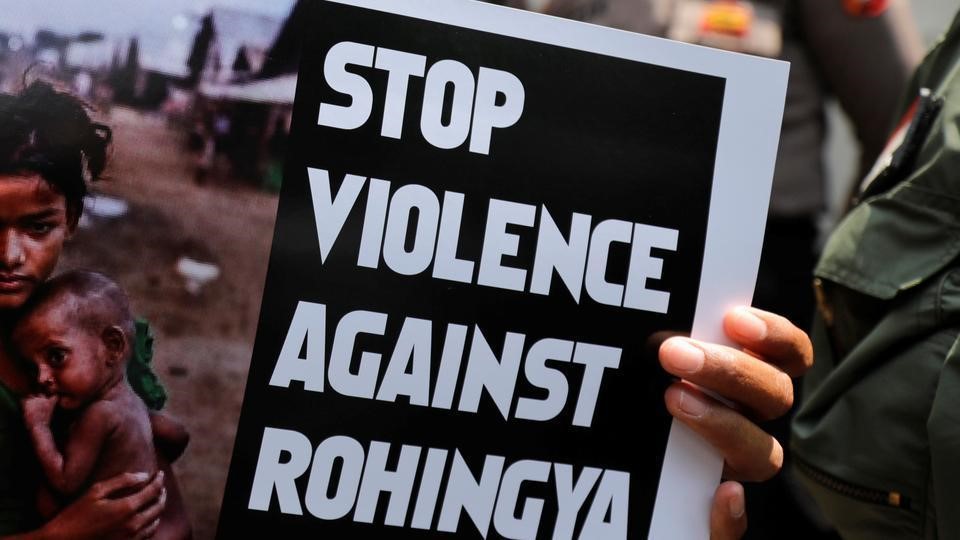
In an inter-religious conflict in the state of Myanmar, the tussle between the Rohingya Muslims and Rakhine Buddhists turned into one between the State and the minority community of the Rohingya Muslims. The mass exodus of the Rohingyas from Myanmar into the neighbouring nations is a classic example of limited international intervention within Myanmar, but the presence of international support for this community outside the state - that is support extended to refugees.
As Bangladesh opened its arms and barren land to some if not all, the “Bengalis” or the Forcibly Displaced Myanmar Nationals, who were forced out of their homes where they were already being treated as second-grade citizens, even as non-citizens and had been fighting for equal rights since the country secured its independence from the British in 1948. The exclusionary citizenship laws denied the Rohingyas any welfare, social and economic rights. Although time has progressed, the community's treatment has not improved, and the world saw another mass exodus in 2017.
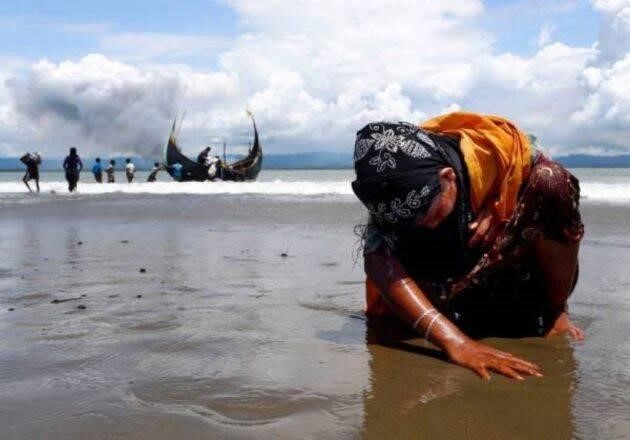

However, with the help of modern technology, this exodus was captured by international photojournalists. The above images showcase the relief of the refugees on reaching a safer space and how although they look alike, they are outsiders in Bangladesh more than they were in Myanmar.
While this is not the first time community members have had to flee home trying to nudge free of death, rape, forced labour, and persecution, historically, most of them have crossed to Bangladesh. According to the reports, the number was 200000 in 1977, 250000 in 1991-92, and 170000 in 2015. Simultaneously thousands of others were killed, put on fire, and brutally beaten, including the children. All of these have been documented by agencies of the UN and organizations like Human Rights Watch and Amnesty International.
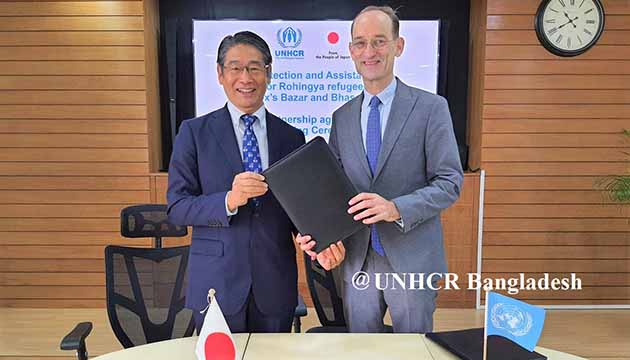
Amidst news of widespread abuse against the refugees, most recently in 2017-18, Sanctions have been imposed by the US under the President Trump administration on military groups and some officials. However, the President fell short of condemning these attacks or calling them crimes against humanity. Furthermore, the UN urged the world to impose sanctions on businesses linked to the Myanmar military to avoid indirect financing of such abuses. Despite sanctions being imposed and the world agreeing on what the Rohingyas are going through, they have not made claims against the government at hand. Their condition is subjected to get worse after this year’s coup, which has again impelled further migration.
However, the international community is coming together to raise money through the UN agencies to provide basic necessities for the people in the refugee camps. The UN Office for Coordination of Humanitarian Affairs (OCHA), UN Migration (IOU), and the UN Refugee Agency (UNHCR) have been working on the humanitarian aspects of the issue. Joint response plans have been published and partnerships have been announced to raise funds that will further provide for the needs - food, housing, and sanitation of the Rohingya refugees.
Most recently, the UNHCR and the Japanese government have collaborated to provide protection and humanitarian assistance to refugees. Life-sustaining services will be arranged with the support of 500 million JPY or 3.5 million USD pledged by the Japanese.

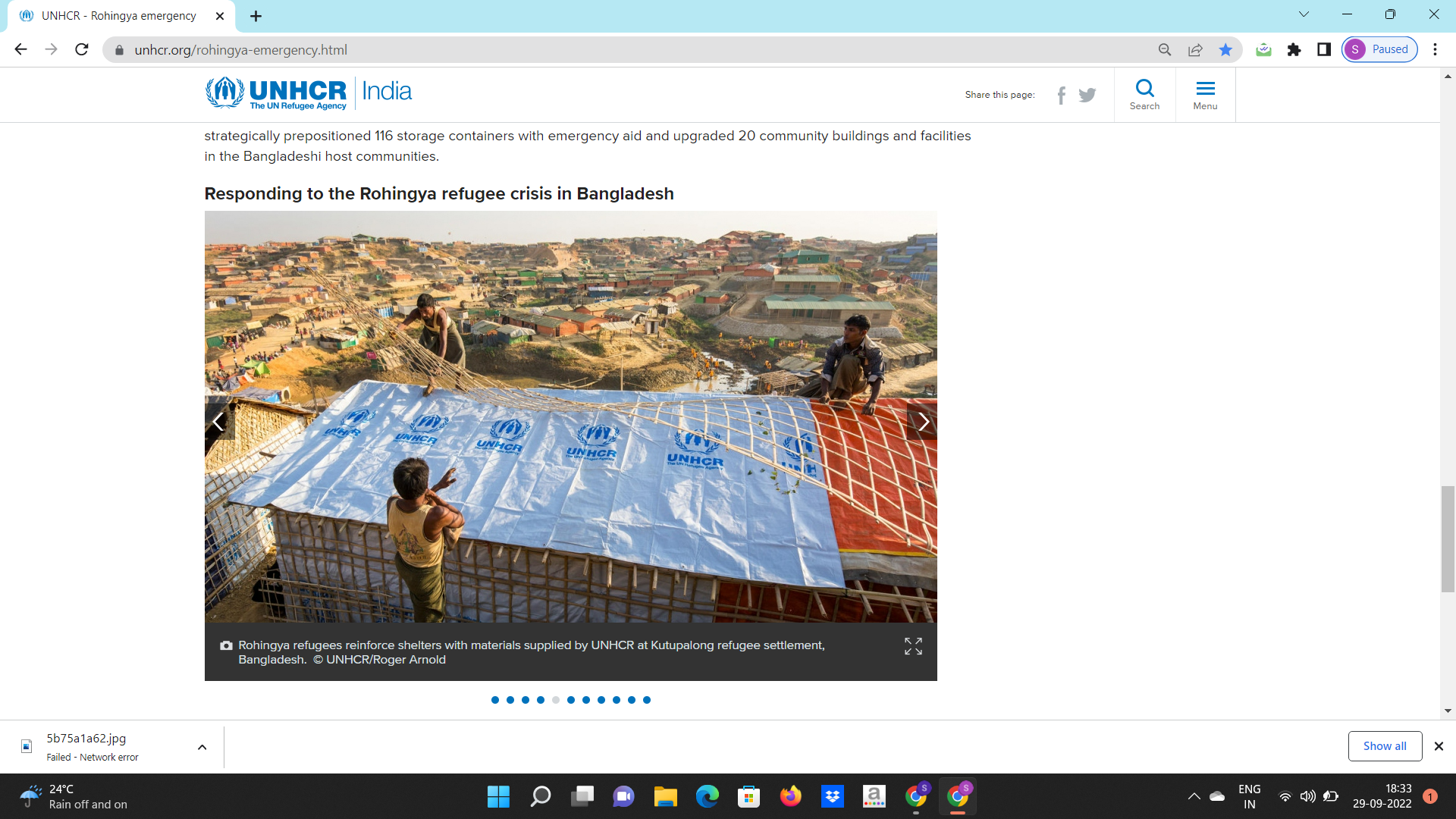
Further, the UN agencies have also provided critical and timely responses to the refugees in times of issues erupting in the camps due to monsoons and the pandemic. Bangladesh's refugee settlements and camps are prone to landslides, floods, and heavy rainfall. To ensure the good health and life of the refugees, the UNHCR has provided additional funds to the Bangladeshi government to “prepare and host the refugees.” Bangladesh’s government has further built roads, footpaths, better drainage facilities, and sustainable housing. Emergency aid and shelter kits have also been placed.
During the pandemic, too, efforts were taken to get the refugees vaccinated and prevent the disease from spreading in camps where already existing problems could expose the members more to the virus.
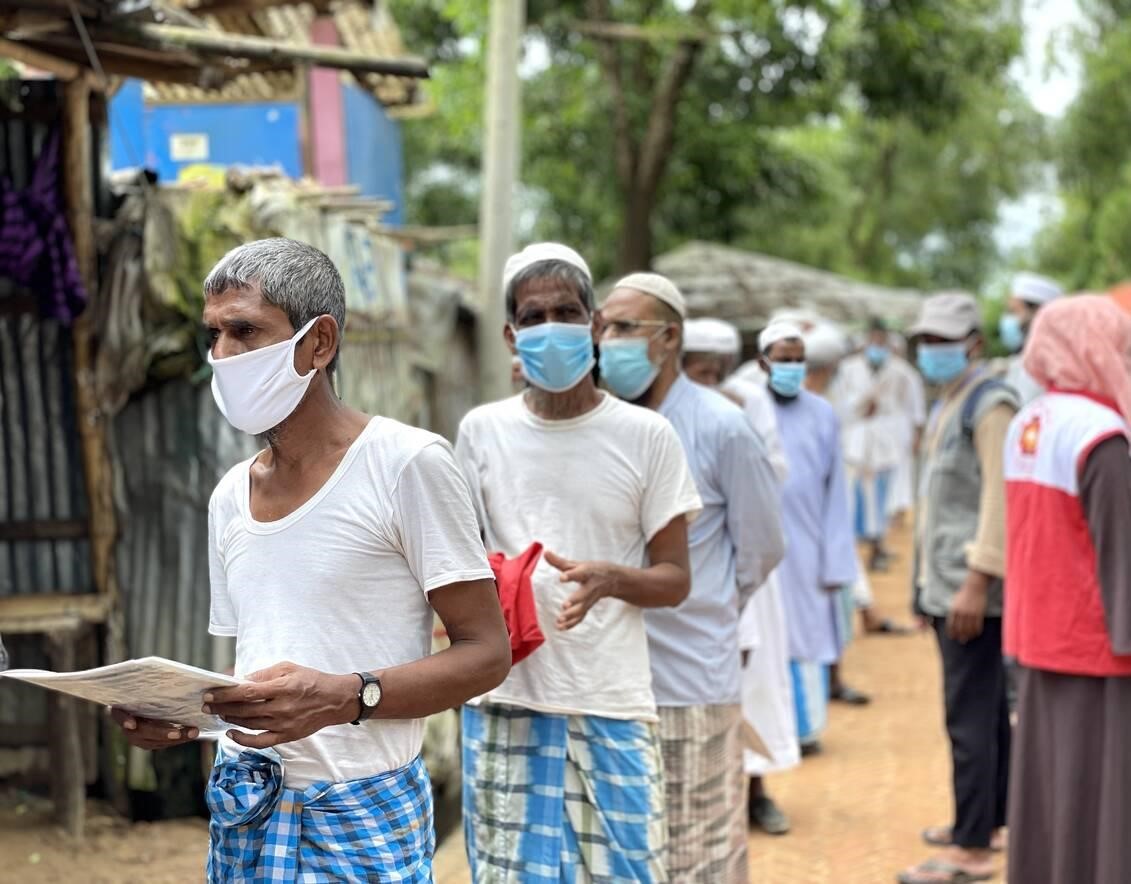
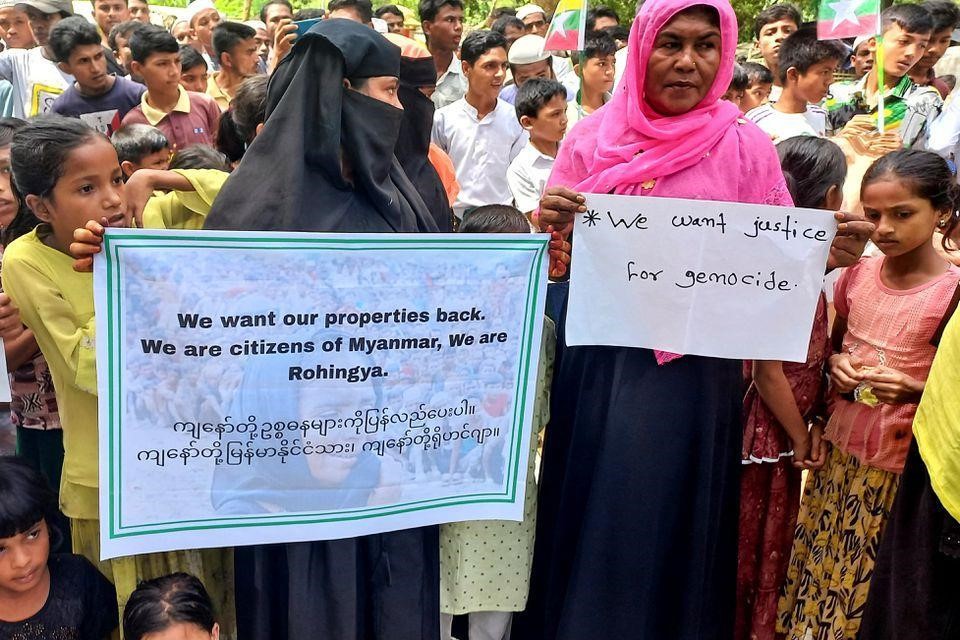
Five years on, there still has been no intervention to send the Rohingyas back to their homes, rehabilitate them, or resolve the conflict in Myanmar. They continue to be the “unwanted” people who cannot be sent back, nor can they be assimilated into the Bangladeshi population as they would be outsiders. The help the country can provide regarding food, security, and livelihood to the refugees is also limited. Gang attacks on the camps have led to the killing of many refugees and refugee leaders. There is a constant struggle to ensure life, livelihood, and security in refugee camps in Bangladesh. They are surrounded by the threat to life - from gang attacks, health issues, and hardly any means of education and livelihood.
The ideas of conflict resolution and reconstruction are distant from the issue as sufferers are away from the land, and some consider this as the “internal issue” of the country. Hence, international intervention stops at just sanctions, and regional players are almost missing. However, this collection of photos displays that the story is of the people, and the conflict is of their life, livelihood, and identity - all three of which are in danger. Owing to natural disasters, the pandemic, and the threat to them arising out of the ethnic issue accelerated due to the recent coup, safeguarding their life is of utmost importance, and that is what has been worked towards when it comes to conflict management and resolution.